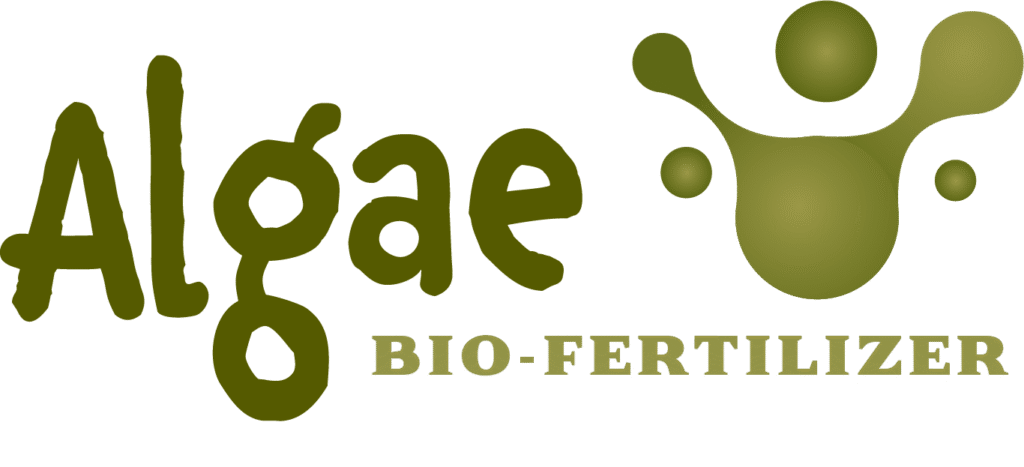RESEARCH
Click here for Research Paper
Harmful algal blooms (HABs) are a growing global threat, fueled by pollution and climate change. They damage ecosystems, contaminate water, and endanger human and animal health. But what if the problem could become part of the solution?
This project explores using algae collected from local waterways, specifically HABs, as a biofertilizer. By combining it with homemade compost and testing it on radish plants, we aim to enhance growth, reduce chemical fertilizer use, and repurpose a harmful waste product into something beneficial. In doing so, this work tackles two urgent challenges at once: improving food sustainability and cleaning up our waters.
BACKGROUND INFORMATION
While biofertilizers like Agricen’s Accomplish MAX and Bionema’s BioNFix® are already on the market, they face key limitations: short shelf life, slow nutrient release, and inconsistent quality. Most rely on live microbes that are sensitive to heat and storage conditions.
As demand for sustainable farming grows, the biofertilizer market is expanding fast, with innovations like biofilm and encapsulation technologies showing promise. However, algae-based alternatives offer a unique edge: they’re more stable, heat-tolerant, and widely available, making them a strong candidate to overcome current industry challenges
Crop Production needs to significantly increase by the year 2050. The global population is expected to reach ~9.7 billion by 2050 (an additional ~1.7 billion from 2023). This population growth alone will require ~50% more food, according to the WRI World Resources Institute)
The two main issues include limited arable land, and the effects of climate change. Most suitable farmland is already in use, leading to “A 593 million-hectare land gap between global agricultural land area in 2010 and expected agricultural expansion by 2050; and an 11-gigaton GHG mitigation gap between expected agricultural emissions in 2050 and the target level needed to hold global warming below 2°C (3.6°F), the level necessary for preventing the worst climate impacts.” (Ranganathan, Janet; Waite, Richard; Searchinger, Tim; and Hanson, Craig
OBJECTIVE
The objective for this project is to reduce the amount of HAB’s in our waterways, therefore facilitating safer swimming conditions and healing our ecosystems from toxins and oxygen depletion. I also aim to give the HAB’s a purpose; using them to create a fertilizer with a goal of enhancing the rate of crop growing to sustain our increasing population.
PURPOSE
In this experiment. a home-made compost using common kitchen organic ingredients. and algae collected from Discovery Bay was developed. The goal is to provide excess nutrients (phosphorous, nitrogen) that will help the plant grow at a faster rate. Then the mixture was combined with soil and testing was done on radish seeds (Raphanus sativus). This study went one step further by spraying the fully grown radishes with nano aqueous ozone in an effort to preserve them longer for farm to table delivery.
IMPACT
This innovation can impact the world by establishing a widely-available, fast-acting biofertilizer
which can be added to soil to promote plant growth and increase annual crop production. The use of ozone will facilitate longer shelf-life and prevent bacteria growth. This algae bio-fertilizer also has the ability to act as a biopesticide due to their toxins.
METHODS
To create the compost, I combined 1,000g of kitchen scraps such as eggshells, coffee grounds, and banana peels. along with cardboard to balance carbon and nitrogen. After 30 days of decomposition, I divided the compost into four samples and mixed in 0%, 10%, 20%, and 30% algae, letting each batch mature for another week. Each compost mixture was then blended with soil (1:4 ratio) and used to grow radish seeds in trays. After two weeks, seedlings were transferred to garden beds and grown to maturity. Throughout the experiment, I tracked weekly growth metrics including stem height, leaf count, pH, and recorded final plant mass and root length. Compost and soil nutrient levels were also tested at key stages. Finally, I tested preservation by spraying the top-performing radish group with nano aqueous ozone daily and compared spoilage rates to a water-sprayed control.
